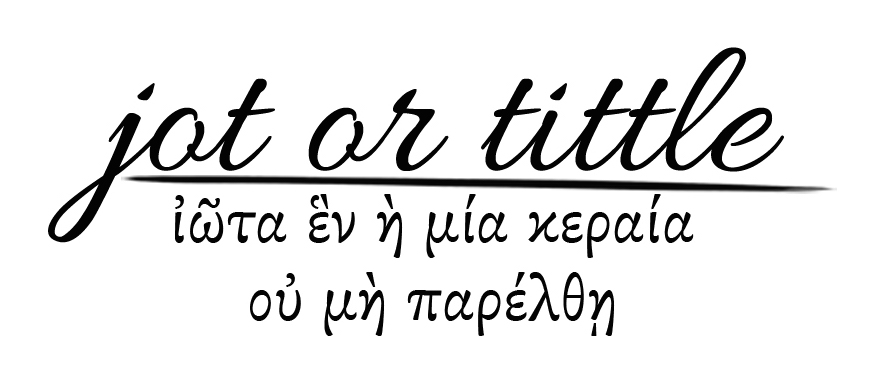At Thirty
The full title of this poem is:
At Thirty
A poem
by Sam for Katy
on the occasion of her thirtieth birthday
with the purpose of denying
the absurd notion that our best times are past.
For Katy’s thirtieth birthday, I wanted to write something that challenges our usual anxieties about thirty. It’s (stereo)typical to assume that at thirty your youth is over and your “best times are past,” to wish you could do it all over. Of course, if we could do it all over, we’d just do all the same stupid stuff again. Thirty’s not so much the beginning of the end as the end of the trial period—the time when we’ve finally figured out the basic stuff and can start living.
At least, as someone approaching thirty himself, that’s how I’d like to think about it.
As I tried to imagine how I could communicate this, the thought that came to mind was “increased capacity.” It occurred to me that this could be communicated through the form of the poem. In thirty lines, I increased the length of each by one letter. The lines are extremely limited in the beginning (“A” and maybe “O” are the only other options I can think of for the opening line) but grow more flexible toward the end. Each is able to do more while depending on everything that goes before it. And I tried to capture the essence of this in lines like: “I’m/ driven by capacity:/ All I’ve been plus one.”
This was a tedious and sometimes difficult way to write. I found that when I didn’t like a line, I would come up with something else I liked better that flowed well but didn’t have the right number or arrangement of letters. Line 25 was originally “God and people, flora, fauna, me,” until I realized that are only 24 letters in that. Fortunately I could add an s to “people” and keep the same basic meaning without having to replace a whole word or the whole line.
There were also some unintended consequences. I didn’t intend for it to look like a tree, but of course it does, and that seems to be what people see first. The line about the tree wasn’t originally there because of that (Katy just likes trees), but it very conveniently fits. The same goes for the line about the pillar. When I realized, with the help of my friend Curtis, that the poem was kind of shaped like the things it compares itself to, I went with it.
I was a little concerned at first that the lines are not consistently longer, but now I’m happy with the result. Apart from being more tree-ish, the inconsistencies in length seem like a reflection of real life. We aren’t always better in every way this year than we were last year.
I enjoyed the challenge of finding rhythm, rhyme, and alliteration outside of a more normal structure. Without having the restrictions of something like a sonnet (and since the number of letters wasn’t really related to the meter), I was thinking much more about the way the poem sounded than I normally do. The result is, I think, one of the best sounding poems I’ve written. This is a skill I’d like to practice more. Really great poetry requires an ear for language.
I learned after writing this poem that “eyes set” is a Hebrew idiom meaning “blind.” In 1 Samuel, Eli’s eyes are said to be set. But since most people who read this poem won’t know that or read it that way, I’ve decided not to worry about it.
Other Poems
-
2021
- Aug 15, 2021 The Lord, the Lord
- Feb 6, 2021 What Paul Said to the Corinthians
-
2020
- Aug 8, 2020 For My Dog
-
2019
- Nov 8, 2019 because
- Nov 1, 2019 When I Say It
- Oct 22, 2019 What I'm Feeling
- Jun 27, 2019 Rushing Light
- Jun 20, 2019 Genesis 37:25
- Jun 7, 2019 At Thirty
- Mar 4, 2019 The End of Wisdom
- Feb 25, 2019 With Styled Words
- Feb 18, 2019 Stargazing at Hartley Springs

